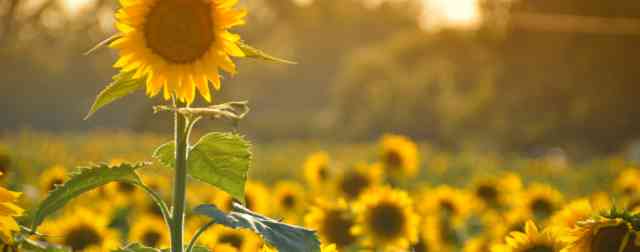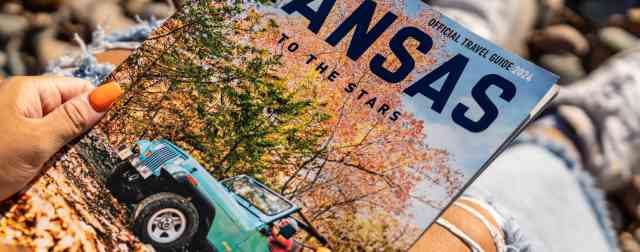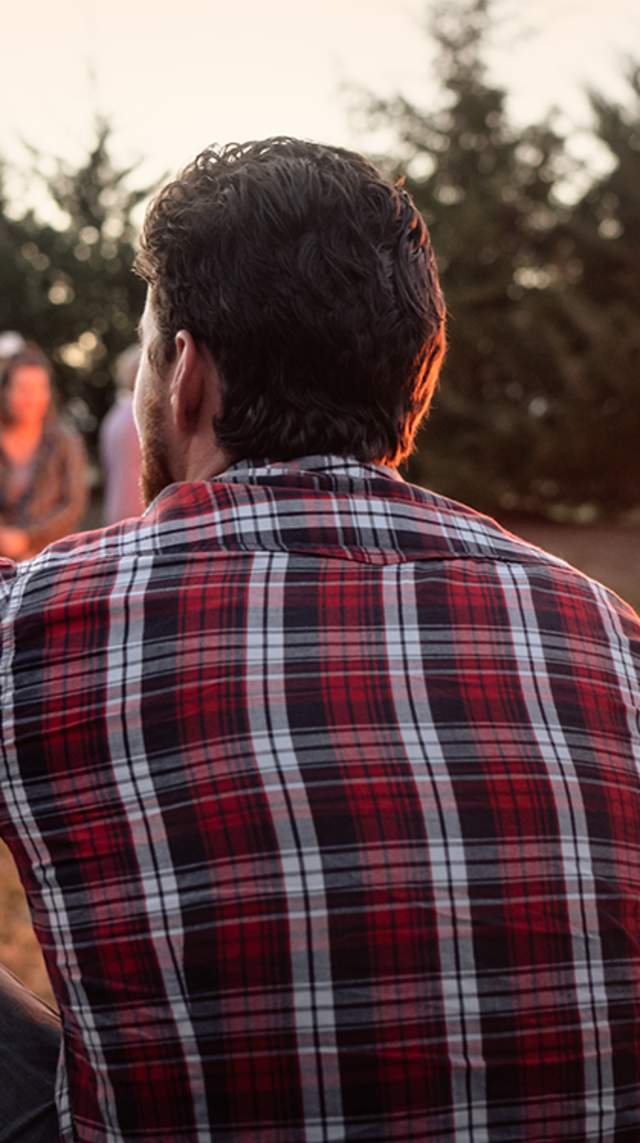Kansas’ million-plus acre Walk-In Hunting Area program offers the public some great opportunities to hunt pheasants on leased, private lands. Here’s some great advice from Jim Millensifer, one of Kansas’ most successful pheasant hunters. Even with access to lots of great private land, he spends a lot of time hunting WIHA.
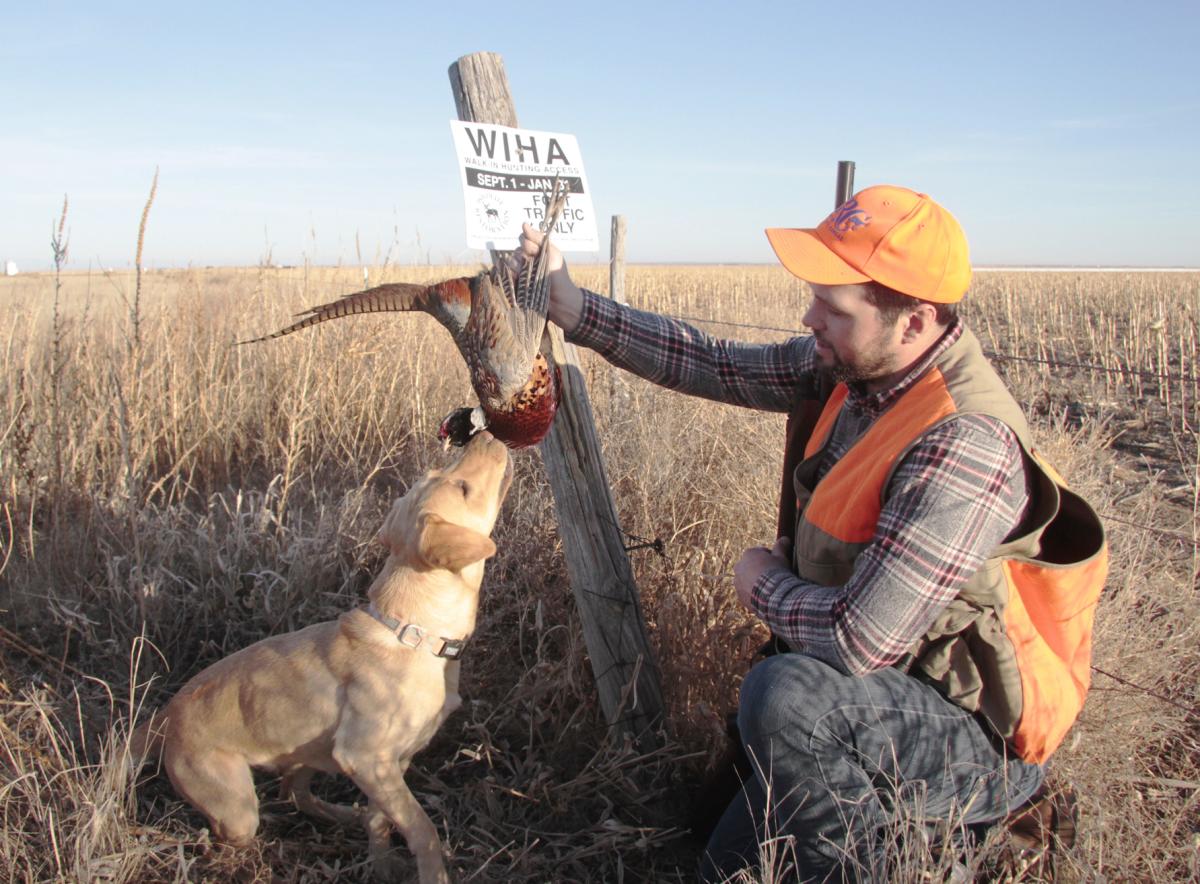
Kansas - Walk-In Hunting Access
Determination
Simply put, the best hunters get the most birds. Millensifer said too many think pheasant hunting WIHA is just a stroll with pheasants popping up for easy shots. “It doesn’t usually work that way,” said Millensifer. “You have to know what you’re doing, and you have to be prepared. It takes some work to be successful, at least consistently.”
Go later to avoid the rush
Millensifer recommends waiting until after Thanksgiving weekend to let the crowds die down, and let the birds settle in a bit. “Most people want to go opening day, but if you’re not in that field at sunrise you’re going to be hunting a place that’s probably just been hunted,” he said. “The best hunting is yet to come. Anytime somebody from out of state contacts me, I always tell them to wait until a few weeks into the season. If they’re good hunters, they still find birds.”
Food is the key
Most of Kansas’ WIHA lands in pheasant country are fields of CRP grasses. Millensifer is often more interested in what’s beside those fields. “You about have to have a good food source nearby,” he said. “You can hunt some of the prettiest grassy cover all day and not find many birds if there’s not a grain field or something nearby.” Ideally, he likes to find good grass that borders a field of milo or corn stubble.
Silence is golden
Pheasants recognize every human-made noise as a sound of danger. Hunters should skip the slammed doors, loud talk and yelling at dogs. Pass on poor odds shots at roosters, like long shots that will probably lead to a miss, or a crippled bird. Such shots let every other pheasant in the field know hunters are coming.
Leave the army at home
Hunting either solo, or with a good buddy or two, Millensifer has better success than those large groups of hunters that try to outnumber the pheasants. The smaller the hunting party, the more quietly they can work a field and the more quickly they can respond when a dog starts scenting birds.
The nose, knows
The three best words of advice are “follow your dog.” One decent nose will find more birds than any of those small armies that walk WIHA fields in a predetermined fashion. Most pheasants, especially the experienced roosters, are going to do some running as they try to avoid approaching hunters. A good dog can track them every step of the way until the bird holds for a point or close flush. If hunting with a partner, Millensifer keeps one gun on each side of the working dogs. He works fields into the wind to give his dogs every possible advantage. “That’s incredibly important,” he said, “But it’s amazing how many hunters don’t do it.”
Do your homework
In these days of apps that give quick and easy access to satellite photography, hunters can scout WIHA fields from the warmth of their home, during the dark of night. It takes time, of course, but it saves even more time when afield. Hunters can look for those special grassy fields that may border grain fields. Ones that maybe can’t be seen from the road can be especially good. Generally, the harder it is to find and access a WIHA spot, the less it’s been hunted, too.
Several years ago a hunter from northern Michigan came to Kansas the week before Christmas with his pair of English setters. He’d studied WIHA fields from home most evenings for several weeks. Some of his targeted fields weren’t within a half-hour or more of the next closest hunting spot.
Based out of Dodge City, the man shot limits of roosters the first three days. One limit of four was finished before noon. On his last day he went back and focused on coveys of bobwhites he’d seen the previous days. He did well with those, too.
“You see, that’s the kind of good hunter I’m talking about,” Millensifer said when he heard of the Michigan visitor. “Guys like that come prepared and usually have pretty good dogs, too. They’re always going to find the most birds. They’ll almost always do well in our WIHA.”
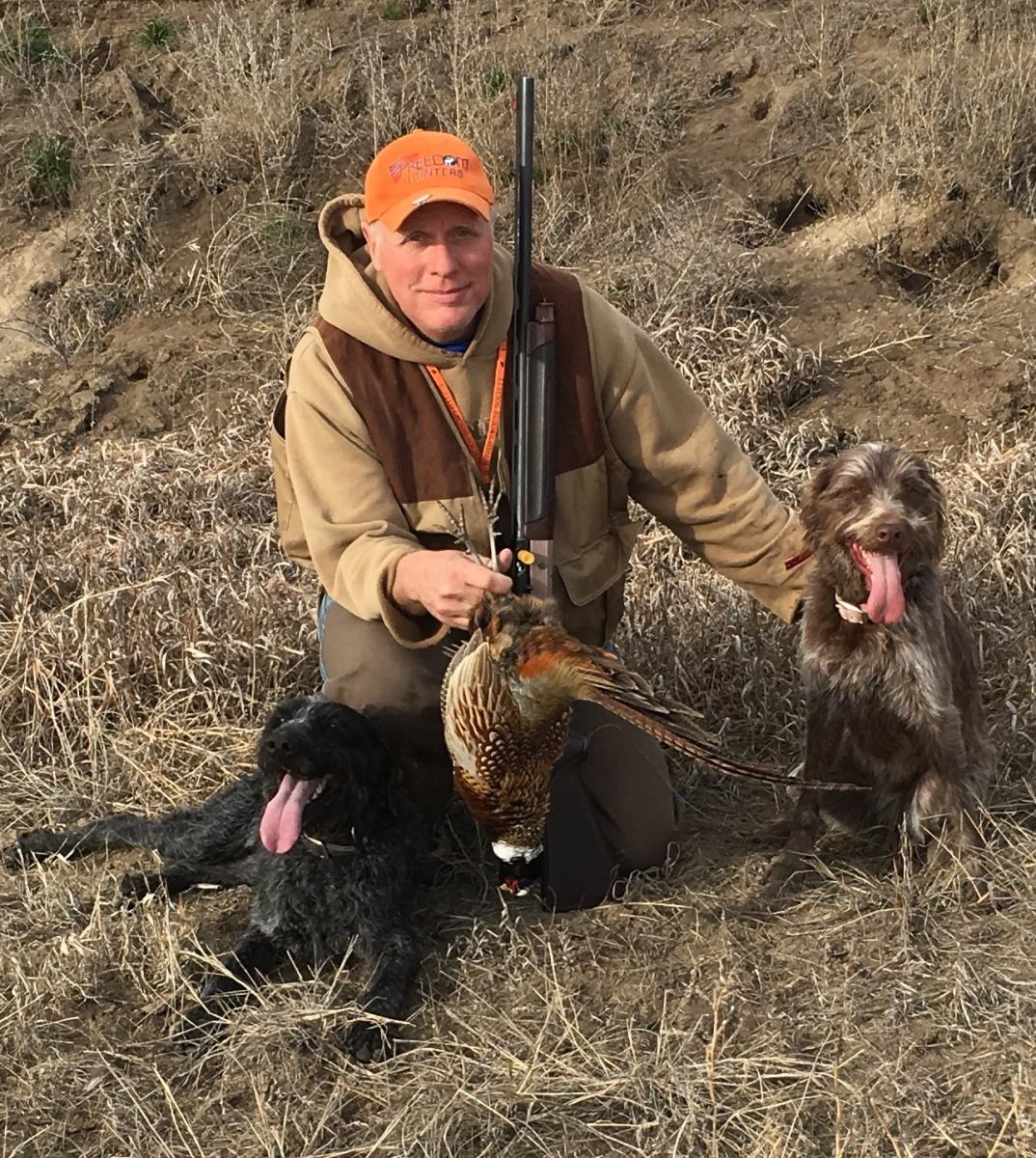 Jim Millensifer consistently takes pheasants from Walk-In Hunting Areas throughout Kansas' long season. He credits plenty of preparation and simply following his dogs.
Jim Millensifer consistently takes pheasants from Walk-In Hunting Areas throughout Kansas' long season. He credits plenty of preparation and simply following his dogs.
